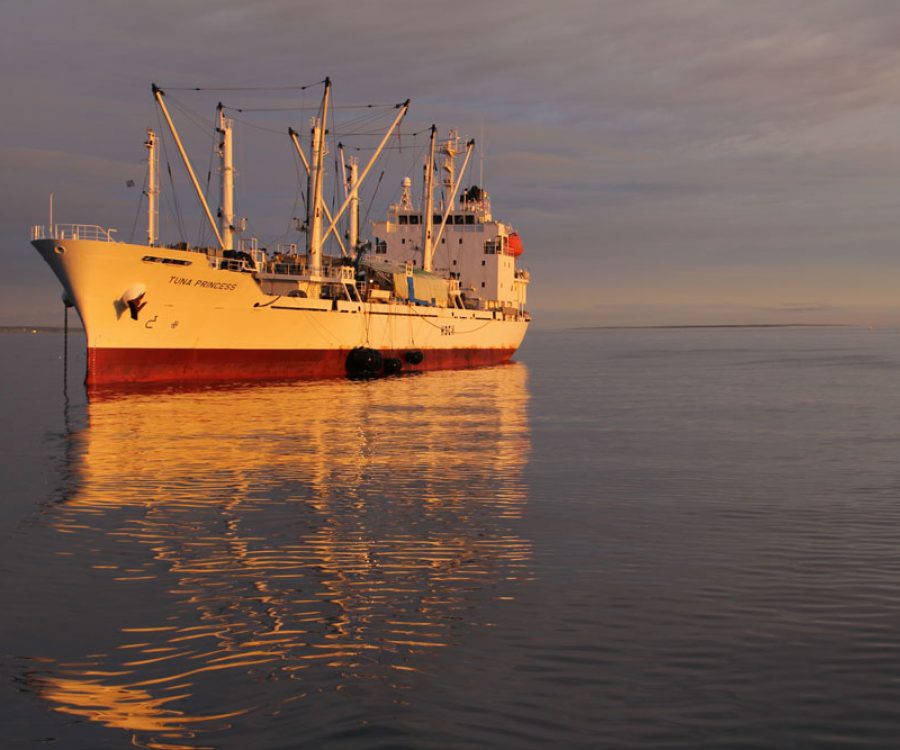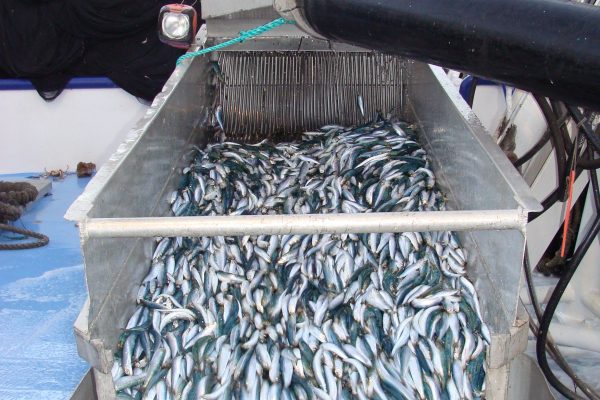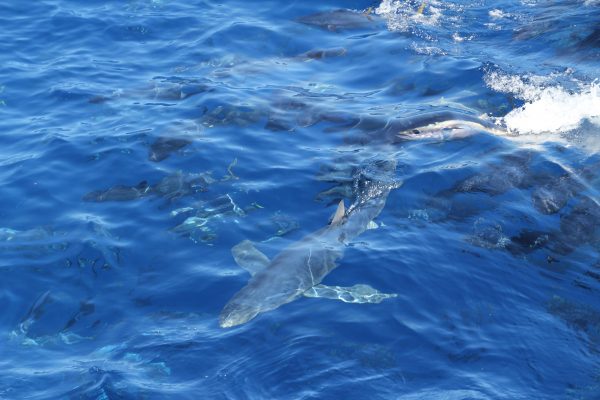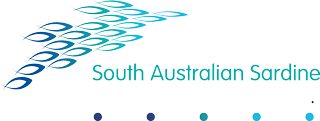Environment

Environment
The fishery implements a framework of sustainable harvest strategies that minimises our footprint on the ecosystem.
The South Australian Sardine Fishery, under the Fisheries Management Act 2007, aims to protect, manage, use and develop the aquatic resources of South Australia in a manner that is consistent with ecologically sustainable development and, to that end, implement proper conservation and management measures to protect the aquatic resources of South Australia from over exploitation and ensure that those resources are not endangered.
The South Australian Sardine Fishery, under the Fisheries Management Act 2007, aims to protect, manage, use and develop the aquatic resources of South Australia in a manner that is consistent with ecologically sustainable development and, to that end, implement proper conservation and management measures to protect the aquatic resources of South Australia from over exploitation and ensure that those resources are not endangered.
The South Australian Sardine Industry works in a cooperative manner with Primary Industry and Resources South Australia (PIRSA), to ensure operations in the fishery compliment the objectives of the Fisheries Management Act 2007.
Research and Investment
Investing in research that measures the size of the sardine spawning biomass in South Australian waters and determining the level of the commercial catch based on the outcomes of this research.


Harvest Strategies
The South Australian Sardine Fishery Harvest Strategy ensures that commercial harvest levels in the fishery does not exceed 20% of the spawning biomass, which is a globally conservative harvest limit for a species of this nature.
Wildlife Interactions Code of Practice
The Wildlife Interactions Code of Practice, utilised by all operators in the fishery, ensures that interactions with marine wildlife (common dolphins) is minimised. The effectiveness of the Code of Practice is monitored and reviewed by the Wildlife Working Group comprising of both government and industry representatives.


Sustainable Fishing
The South Australian Sardine Fishery was assessed as being a sustainable fishery by the Commonwealth under the Environment Protection and Biodiversity Conservation Act (EPBC Act) 1999 in 2016. This assessment enables the export of South Australian Sardines under Part 13A of the EPBC Act. This approval stands for 5 years.


